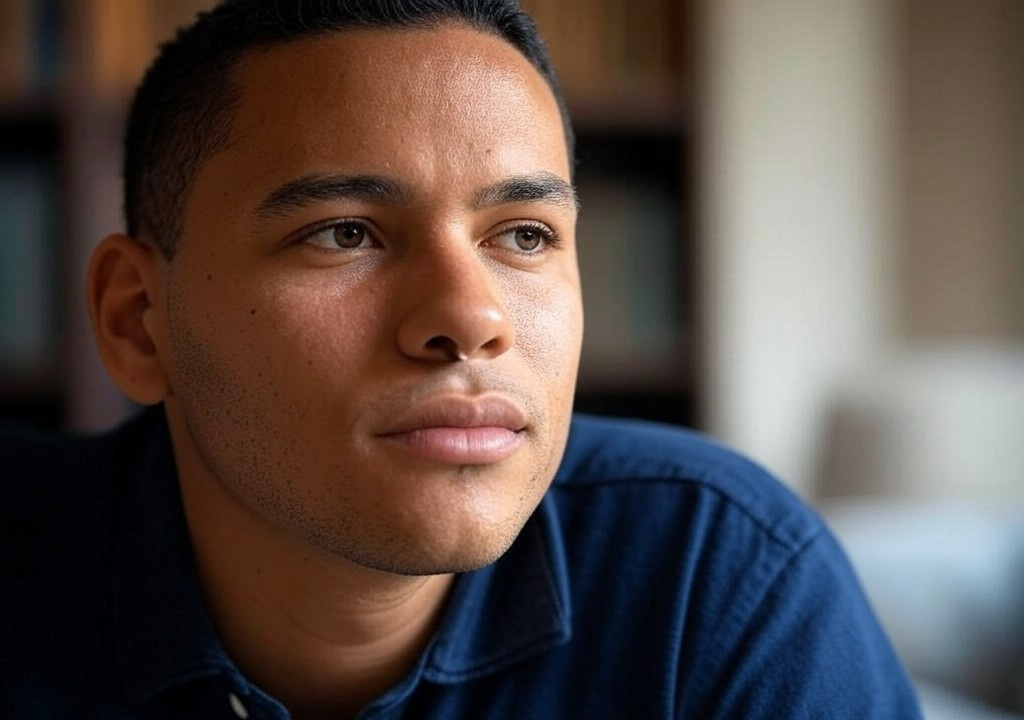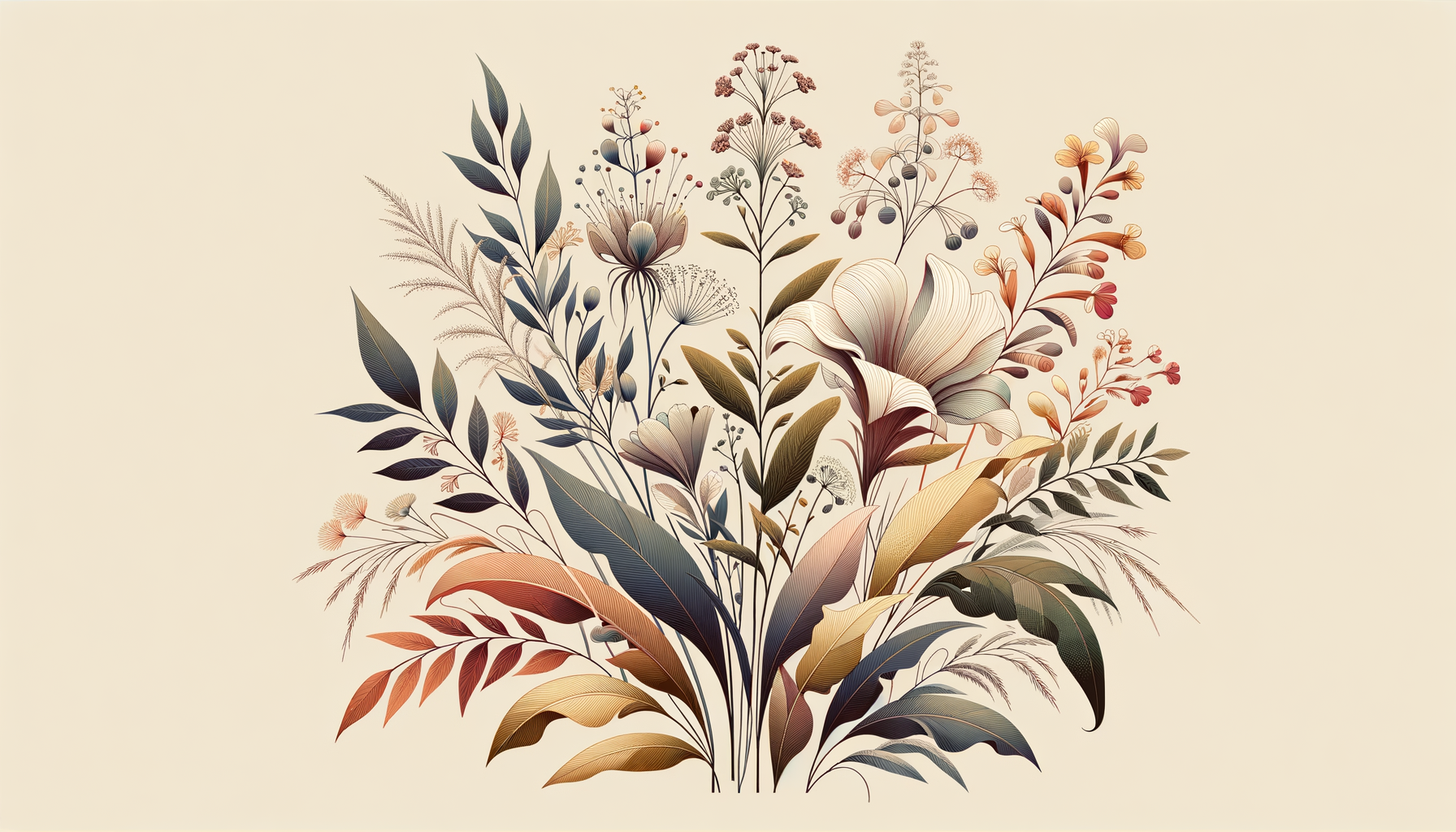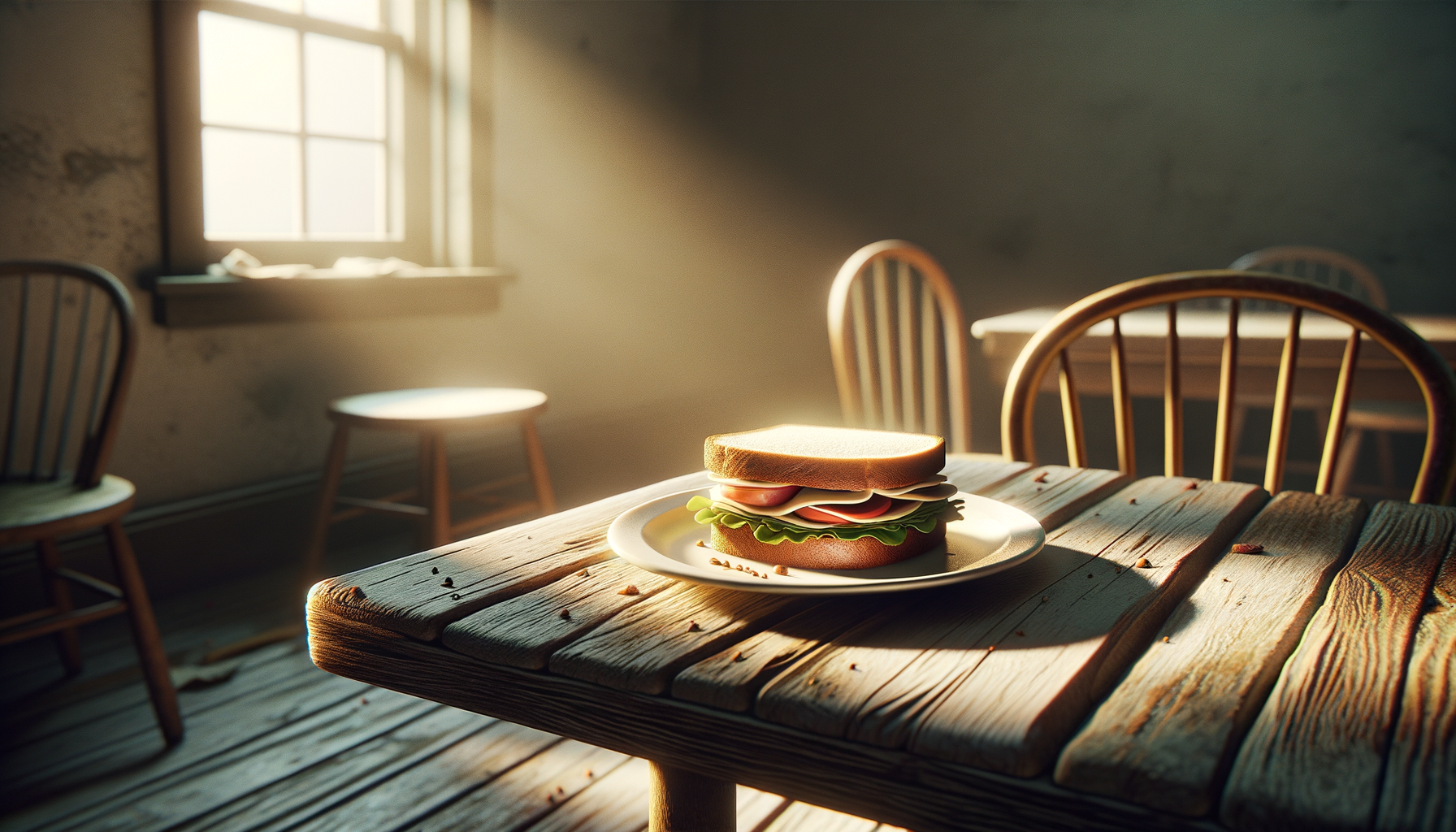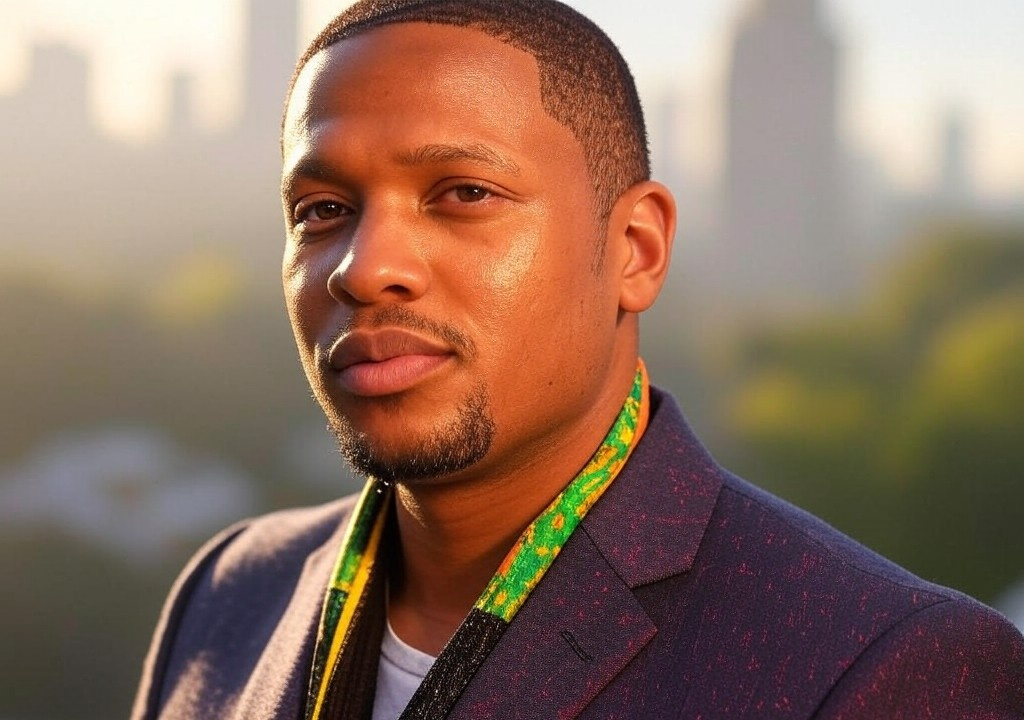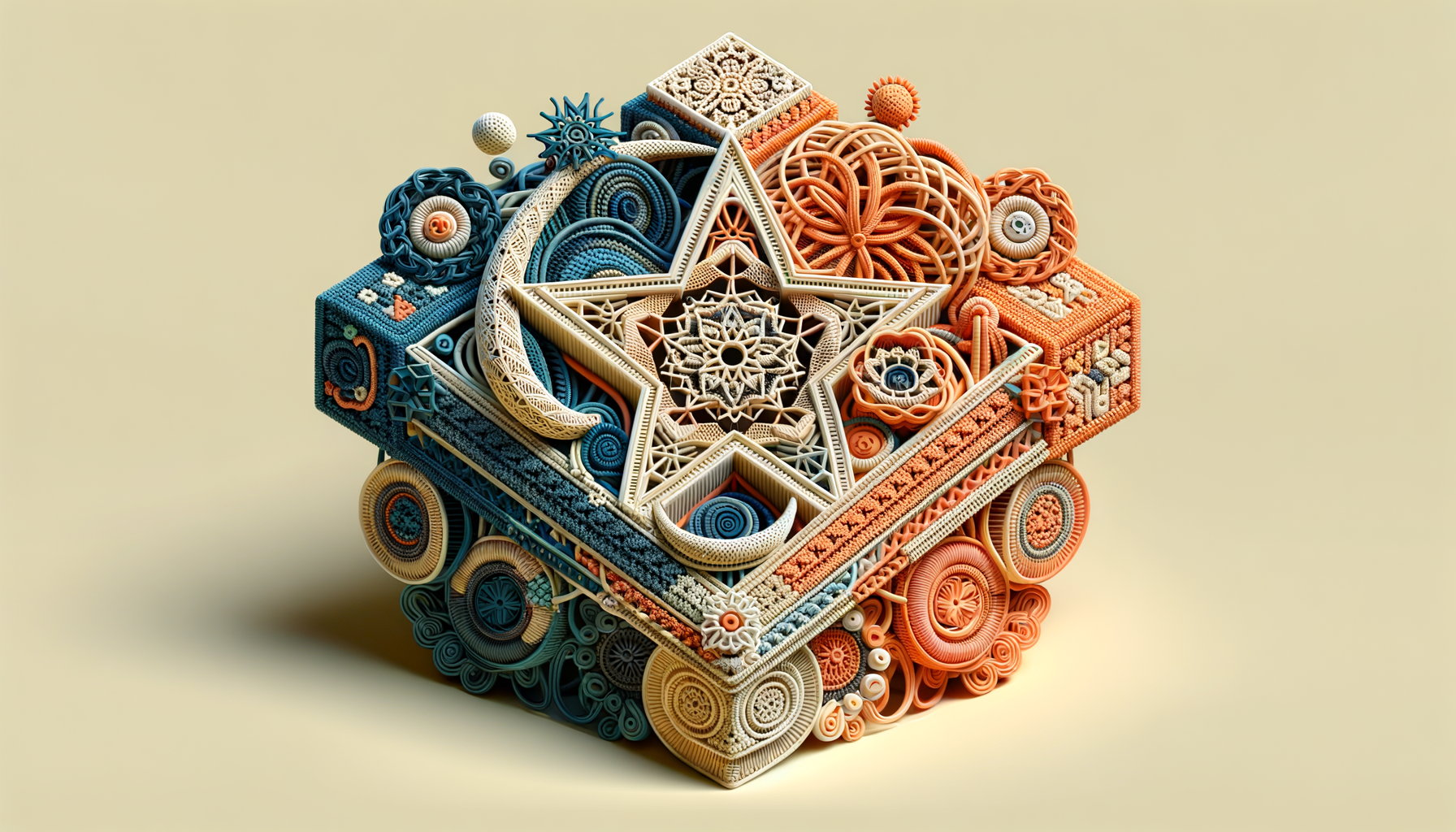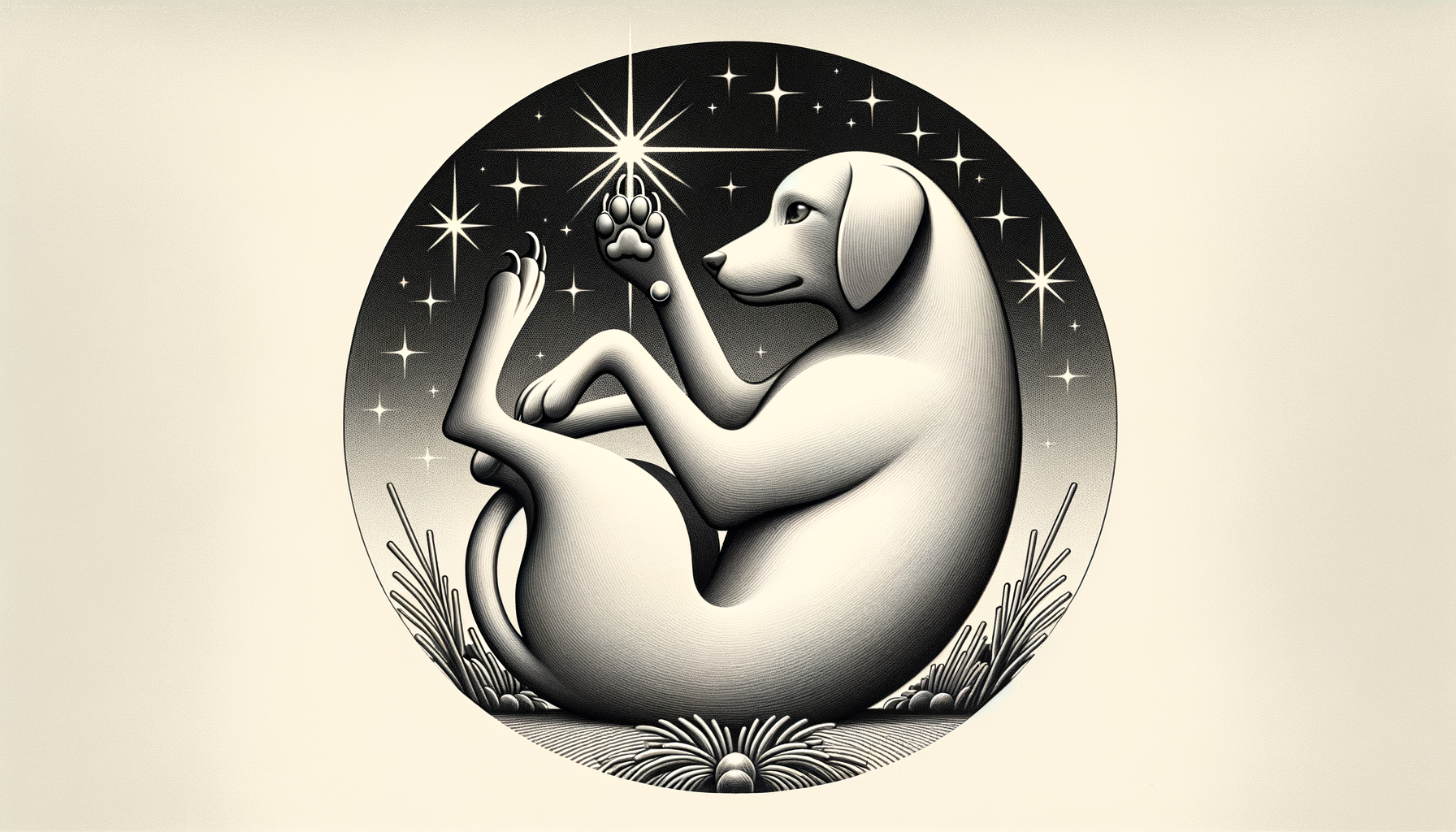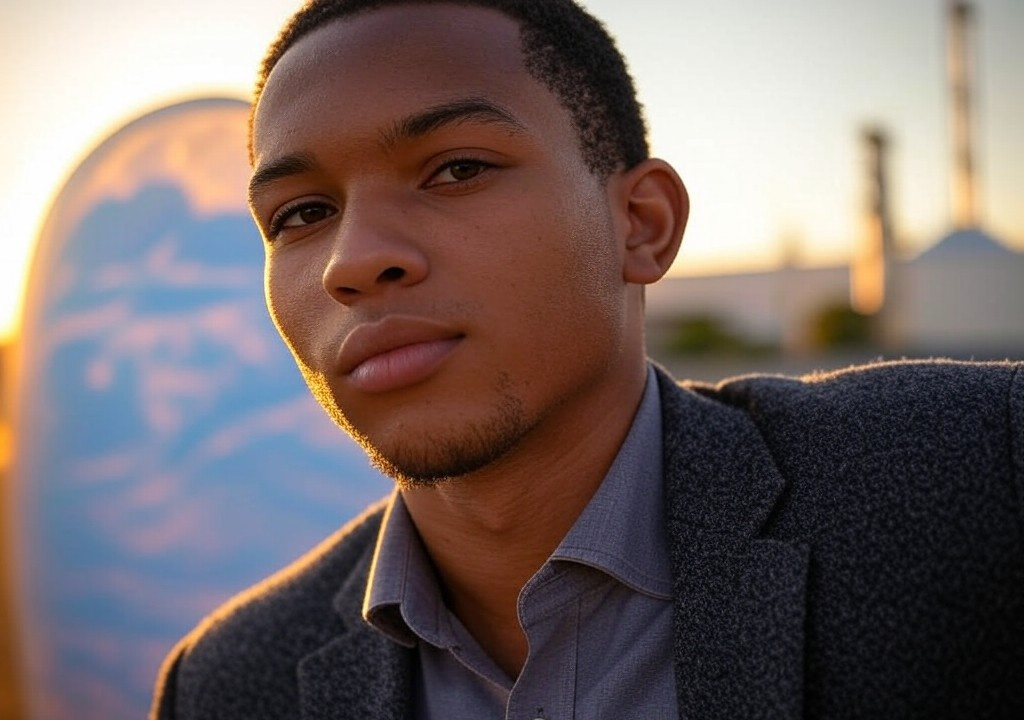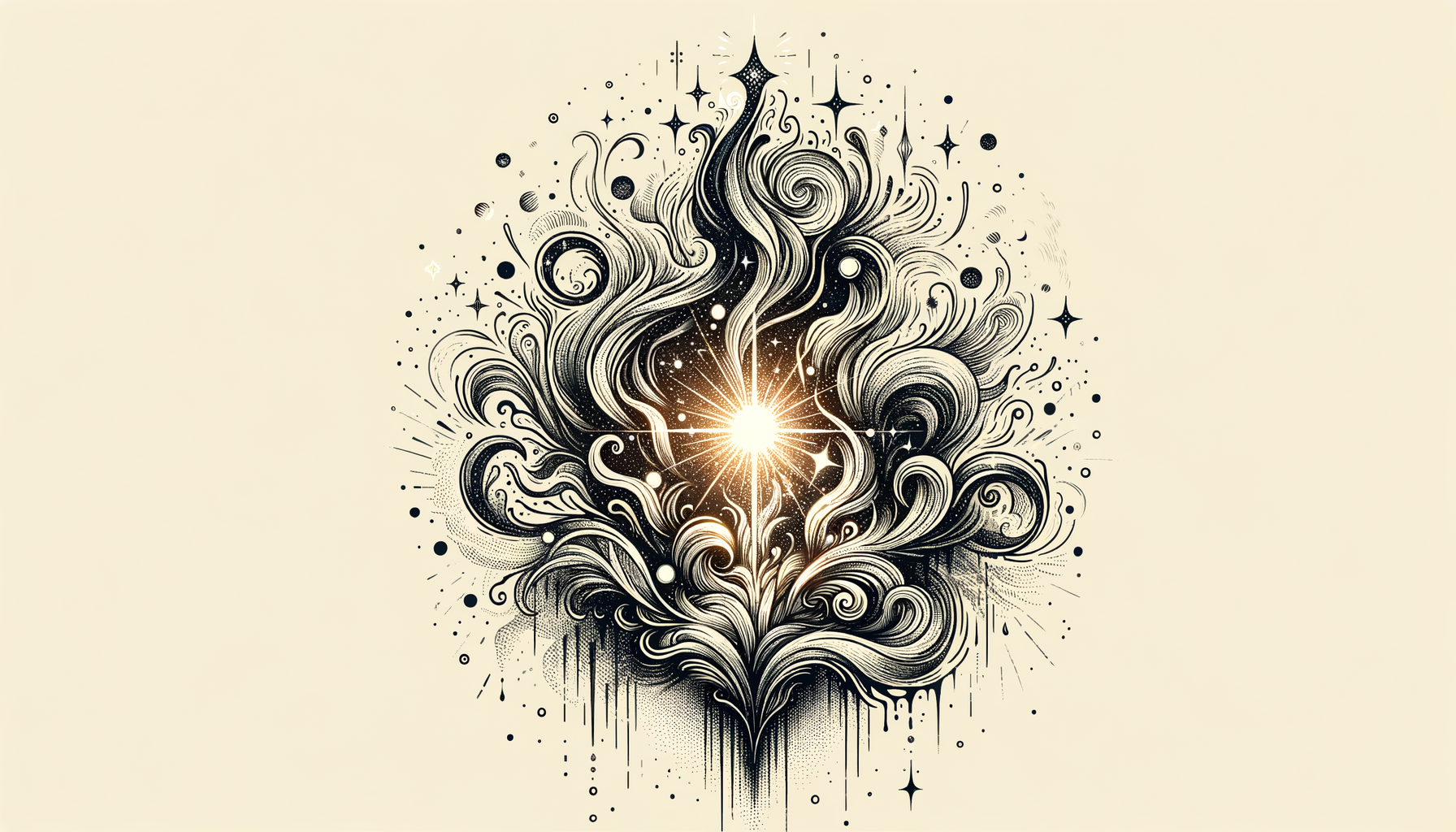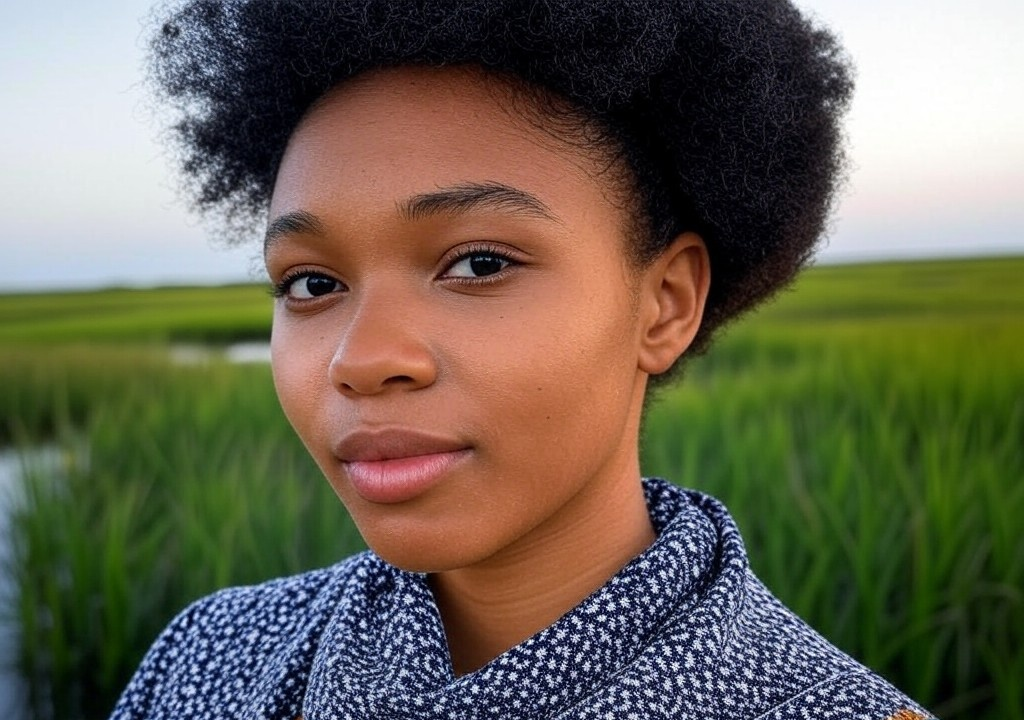“You don’t look like a Caroline,” she said, eyes narrowing over her iced coffee. It was our second date, and we’d only just scratched the surface of childhood stories when she dropped this unsolicited gem. I laughed it off, pretending she hadn’t poked a hole in my very essence. What did she mean by that? And more importantly, what does a Caroline look like?
Caroline—or my lack of Carolina, Caro, or even good ol’ fashioned Caridad—is one of those sneaky little mascots of identity. A name may seem like garden-variety social currency, but peel back the layers, and you’ll find the stubbed toes of playground taunts, the love letters written to imaginary crushes, the subtle influence of cultural legacy, and maybe even a dusty battle over assimilation. That’s what names do—they tell a story, though sometimes they leave the narration entirely up to you.
The Name: A Fine Line Between Heritage and Harmony
Here’s the truth: I wasn’t supposed to be a Martin. I was almost a Marthico—short for Martico, an old family nickname for my great-grandfather. I dodged that bullet thanks to my mother’s last-minute epiphany: a compromise that straddled the line between my grandparents’ insistence on cultural pride and my parents’ hope I'd grow up navigating a largely English-speaking world.
But Caroline? That’s a name I heard often in my high school years in Miami’s suburbs. Not uncommon in my circle of friends—mostly first-generation Cuban-Americans balancing the push-and-pull of names inherited from tías and abuelas. Think Daniela hiding behind "Dani," Miguel becoming "Mike" to survive casual Starbucks orders, or me tripping over standardized test rolls as some poor teacher tried to decide, “Garcia, Mar-TEEN or Gar-SEE-uh, MAR-tin?" (Spoiler alert: they always guessed wrong, and I never corrected them.)
My second-date coffee companion was a Caroline whose name fit seamlessly into the South Florida dating ecosystem. Smooth, confident, chamomile. Meanwhile, I—and the long line of Marts and Martincitos before me—carried the weight of a name firmly rooted in the soil of Cuba’s campos. To my family, that name was an echo of homeland sweat, sacrifice, and dreams that bloomed despite exile. To the wider world, it was just another stopgap between Latin authenticity and cultural erasure.
Caroline’s comment wasn’t malicious. Still, it conjured up a revelation: the name becomes bigger than the letters themselves. It becomes a tag you wear, like your favorite shirt or that old scar on your knee. Some of us, like Caroline, find it fits perfectly. Others wear ours uncomfortably tight—or leave them nameless altogether when they’re too exhausted to explain.
The Story: What’s in Their Name Says What They’re Not Saying
Let’s switch gears to dating for a second. Think about those early flirtation stages: DM banter that ping-pongs between playful and profound, or those crucial moments in a chat when you pause and consider, “Wait—why do they go by just their initials?”
Every name has a story, even the ones that sound casually unremarkable. Especially those. Someone named Dave? Maybe he's Dave out of rebellion because he could never live up to “David III.” Mia? She might’ve swapped out Maria to reclaim a version of herself that wasn’t constantly mistaken for her sister. We wear our names—even our nicknames and pseudonyms—in intimate ways that we rarely acknowledge aloud. Sometimes it’s a way to immortalize a piece of ourselves; sometimes it’s a survival tactic. Either way, how we introduce ourselves tells people something about what we want them to see—and what we wish they’d let us hide.
A Life: Learning to Claim—and Reclaim—Your Name
Here’s a fun twist no one warns you about: you’ll spend half your life growing into your name and the other half figuring out how to grow beyond it.
For me, that realization hit at a family party. Those backyard barbecues where my grandparents played dominoes under string lights and someone, always, turned up Celia Cruz. A cousin walked in with her new boyfriend. He was white, Midwestern, and hopelessly awkward, awkwardly hopeful—holding a dish of something called a “hot dish.” Overwhelmed, he greeted the room with a mangled “Hola, nice to meet you, uh, Carib-bee-yons.” Abuela just laughed, corrected him, and added that in her house everyone was family, even those with dry casseroles and no rhythm. She then turned to me, grinning: "Martincito, bring him a beer."
That moment stuck with me. Hearing my diminutive “Martincito” out loud, in the middle of such a warm, culturally rich, and deeply messy space, it cemented something for me—names are a perfect projection of contradiction. Whether you’re a Marthico turned Martin, a confused boyfriend adopting a nickname like “Pollo” to fit in, or even a Caroline with past hints of Carolina, your name holds great powers. And perhaps the greatest one is your ability to reclaim it over and over again.
How to Own the Name That Owns You
Owning your name doesn’t mean liking every syllable. (Trust me, I’m still undecided on whether “Martin” fits me or just grew on me like ivy.) No, owning your name is about embracing what it represents: your origins, your resilience, your relationships, your journey. Here are three steps for figuring out how to wear your name with confidence—even if it still feels a size too small:
-
Rewrite Its Script
Stop letting others narrate the mythology of your name. A teacher calls it wrong? Correct them—politely but firmly. A date mispronounces it? Playfully drop a, “No worries, it’s [Name], rhymes with greatness.” Carve out the narrative you want the world to hear when they call your name. -
Decide What (and Who) It Represents
Does your name honor family, faith, or something entirely your own? Whether you lean into multigenerational heritage or remix your own identity like a great salsa fusion track, your name evolves with you. -
Let It Be Playful, Too
Remember that names carry immense power, but they’re also allowed to have fun. Use nicknames with people you love. Invent aliases when delivering self-deprecating anecdotes at parties. Names don’t have to be heavy all the time—they can also bounce.
Closing Thoughts: A Name, A Story, A Life
Whether you’re a singular Caroline or part of a dynasty of Martincitos, your name was never meant to box you in. It was created to start a conversation, and good conversations—like good relationships—are constantly changing and growing.
So, the next time someone tells you, “You don’t look like a [Name],” smile and remind them that names, just like people, are as multi-layered as the stories behind them. And if they still don’t get it, tell them you’re considering going by “El Jefe” from now on—and watch their face do something truly hilarious.


